Timothée Chalamet’s Duke Paul Atreides goes through a deep transformation in the duration of Denis Villeneuve’s two Dune movies, taking on a number of new identities in the process.
As a passionate fan of Frank Herbert’s novels, Villeneuve strived to honor the intricate lore developed by the American author in the 1960s. As such, his films share much of the same complexity and attention to detail as the source material, particularly regarding Paul’s journey to become the new Padishah Emperor. His relationships and positions within his native House Atreides, and as part of the Fremen and the Bene Gesserit, confer him with new names and titles that can be hard to keep track of if you’ve never read the books. We’re here to help.
Duke Paul Atreides

Paul’s heritage is almost as formidable as his Bene Gesserit powers. He’s a descendant of two of the most powerful houses in the Imperium, House Atreides and House Harkonnen. The latter familial bond becomes one of the biggest revelations of Dune: Part Two, when he realizes his mother is the daughter of Baron Vladimir Harkonnen (Stellan Skarsgård), making Paul a direct, if unclaimed, successor to the Giedi Prime throne.
More importantly, Paul is the son of Duke Leto Atreides (Oscar Isaac), and eventually becomes the Duke himself after his father is killed in an ambush in the first film. One of the few members of the Atreides royal family left, Paul becomes the sole heir and leader of House Atreides, the planet Caladan, and their remaining arsenal and riches.
Paul Muad’Dib Usul

After the attack on Arrakeen, House Atreides’ new home in Arrakis, the desert planet, Paul and his mother Lady Jessica (Rebecca Ferguson) manage to escape, finding hard-earned refuge with the Fremen at Sietch Tabr. While Lady Jessica, an influential Bene Gesserit, is occupied with her duties as the new Reverend Mother of the sietch, Paul gains the trust of its leader, Stilgar (Javier Bardem), and its skilled warrior, Chani (Zendaya).
According to Fremen culture, once Paul was given sanctuary among their people, he had to adopt a Fremen name. One was given to him by Stilgar — Usul, meaning “thestrength at the base of the pillar,” inspired by his fighting prowesses. The other he chose is Muad’Dib, the name of the desert mouse that is featured symbolically throughout the two movies, and which possesses complex abilities that allow it to survive in the desert. Also named after the small mouse is an important constellation that can be seen from Arrakis, known as “The One Who Points the Way,” seeing as its tail-end pointing North is used for orientation. The meanings of both Usul and Muad’Dib foreshadow Paul’s destiny to become the leader of not only House Atreides and the Fremen, but the whole Imperium.
It’s also worth noting that the Fremen all have a secret name that is only known among themselves. Usul is Paul’s secret Fremen name, and the one Chani, his girlfriend, prefers to refer to him by. Muad’Dib, on the other hand, is the name he becomes known for outside of the Fremen. After he successfully leads several attacks on the exploitive spice harvests of Padishah Emperor Shaddam Corrino IV (Christopher Walken) and the Harkonnens, he gains a reputation across the Imperium as a fearless and formidable fighter, who the other men are unaware is actually also the surviving heir to the Atreides throne.
Mahdi, Lisan al-Gaib, and Kwisatz Haderach
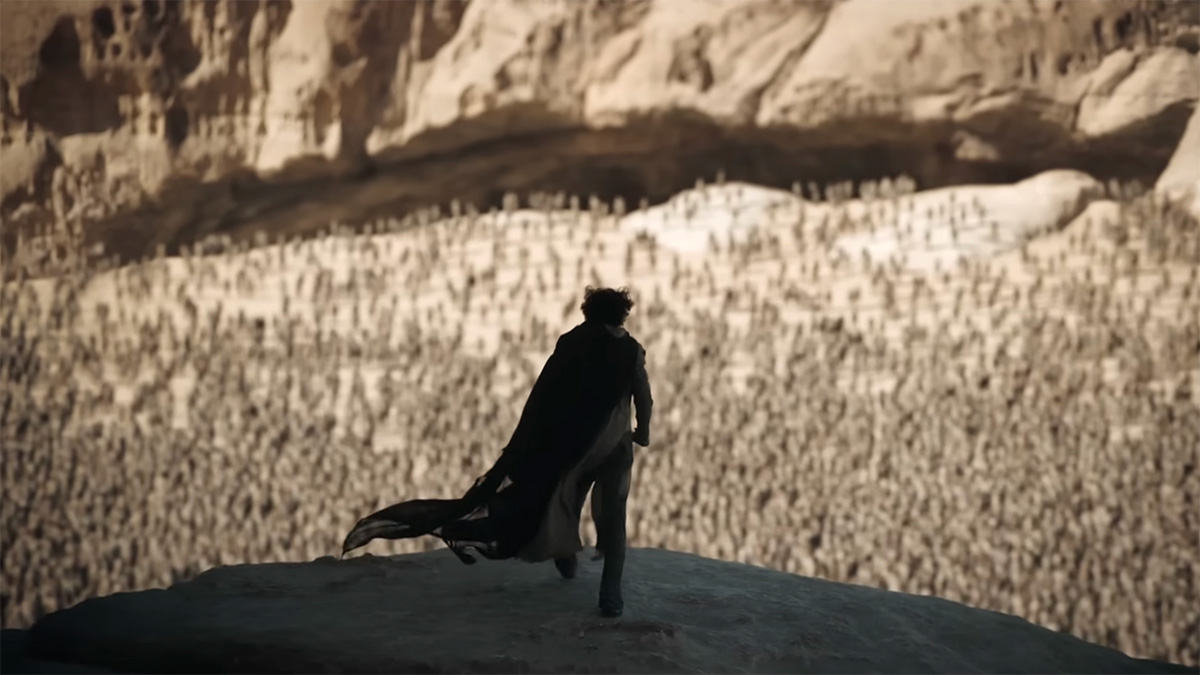
This is where it gets tricky. Mahdi, Lisan al-Gaib, and Kwisatz Haderach are all variations of the same concept, which is defined in the Dune series as a chosen figure with powerful abilities. Let’s break it down.
The Kwisatz Haderach is a title created by the Bene Gesserit to define the first male Bene Gesserit. It was an old Chakobsa term (the official language of the Imperium) that translated literally as “Shortening of the Way.” A little history first should help make it clearer.
In Herbert’s Dune, the Bene Gesserit is a witch-like sisterhood who use spice, the powerful drug found in the sands of Arrakis, to access the memories of their female ancestors, as well as see into the future, in a limited capacity. For centuries, they have been carrying out a breeding program to find the Kwisatz Haderach who, by tapping into the memories of both his female and male ancestors, given his possession of the X and Y chromosomes, will also fully master prescience, and bridge space and time, becoming an all-powerful superbeing.
Like Lady Jessica tells Paul in Dune: Part Two, the typical male isn’t equipped to survive the Spice Agony, which is the process of drinking the poisonous Water of Life extracted from a dying sandworm that unlocks the genetic memory of those who prevail. When Paul undergoes the ritual and survives, with a little help from Chani’s tears, he becomes the Kwisatz Haderach.
In a twisted plan to control the Fremen, the Bene Gesserit have, for centuries, been planting a prophecy among their people with the Kwisatz Haderach at its center as a messianic figure. The Fremen, whose culture and language Dune author Frank Herbert largely derived inspiration from Arabic, give this prophet a new name — the Lisan al-Gaib, meaning “The Voice from the Outer World,” or Mahdi, “the one who will lead us to paradise.” There is little difference between these two terms, so they’re often used interchangeably in the films. The simplest way to put it is that the former refers primarily to the prophecy, whereas the latter is its realization. Both refer to a savior who will bring water to Arrakis and end the Fremen’s plight.
The fabricated nature of these religious beliefs, spread among vulnerable Fremen by the Bene Gesserit’s Missionaria Protectiva for many years, is used by Herbert to highlight the dangers of religion and fundamentalism. Although present in the first book, this dimension of Paul’s story is made expressively clear in the sequel to Dune, titled Dune Messiah, whose film adaptation Denis Villeneuve is currently working on.

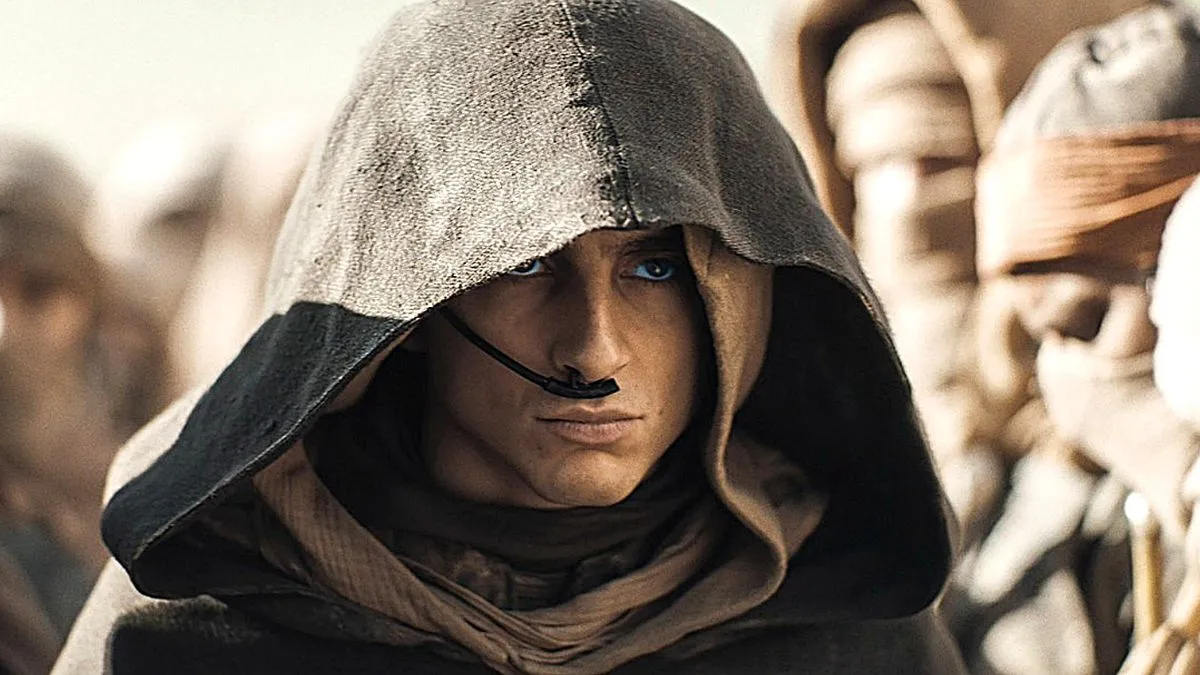


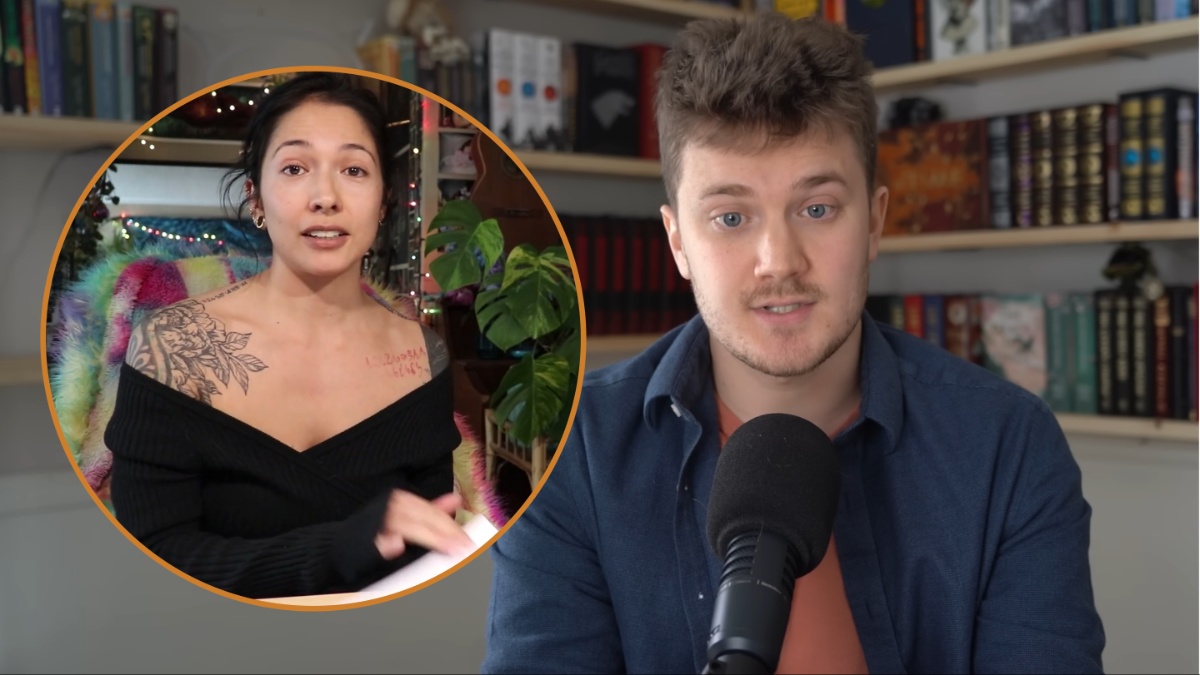

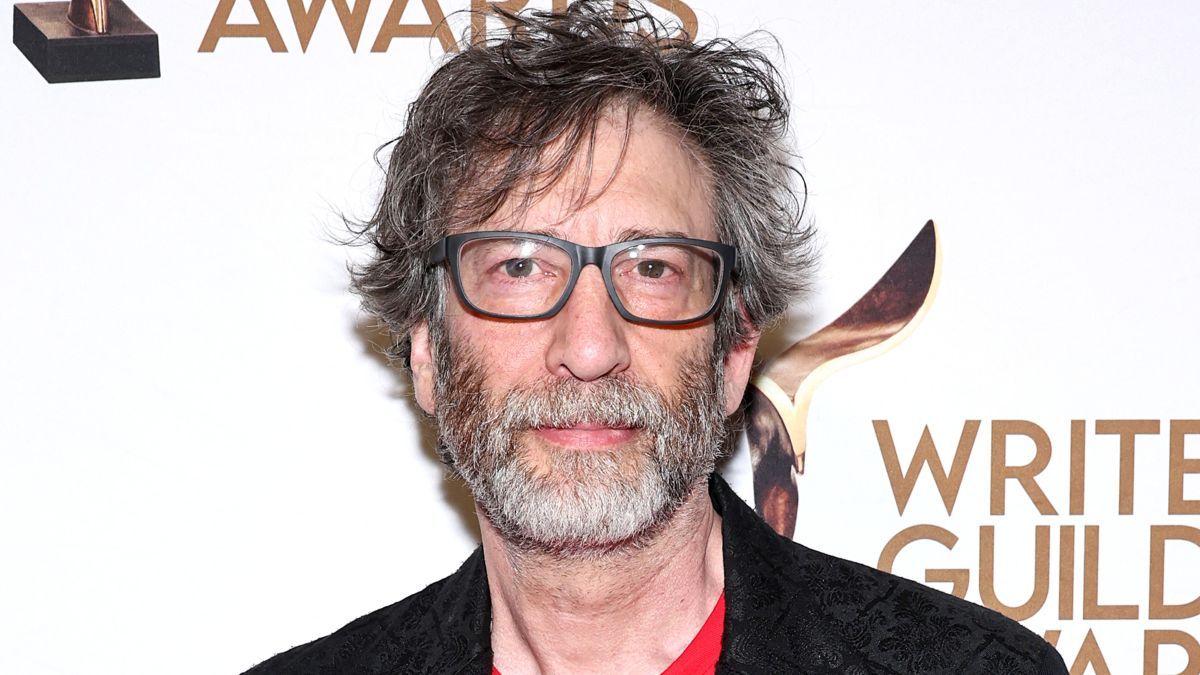


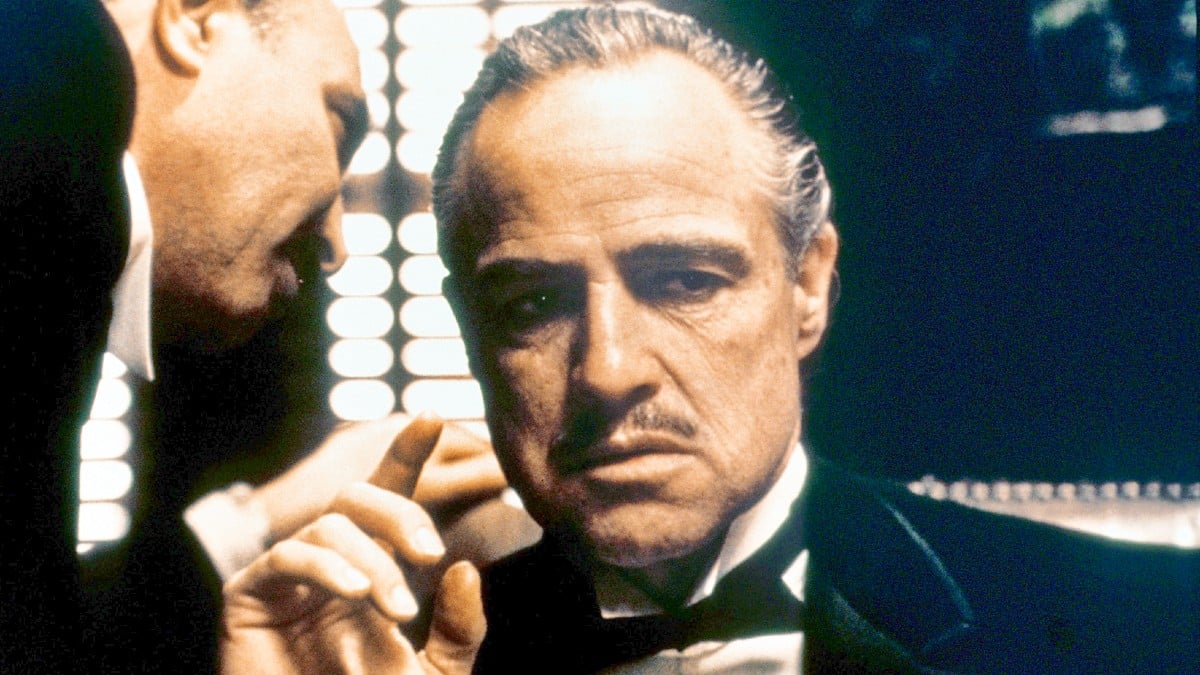

Published: Feb 29, 2024 12:41 pm